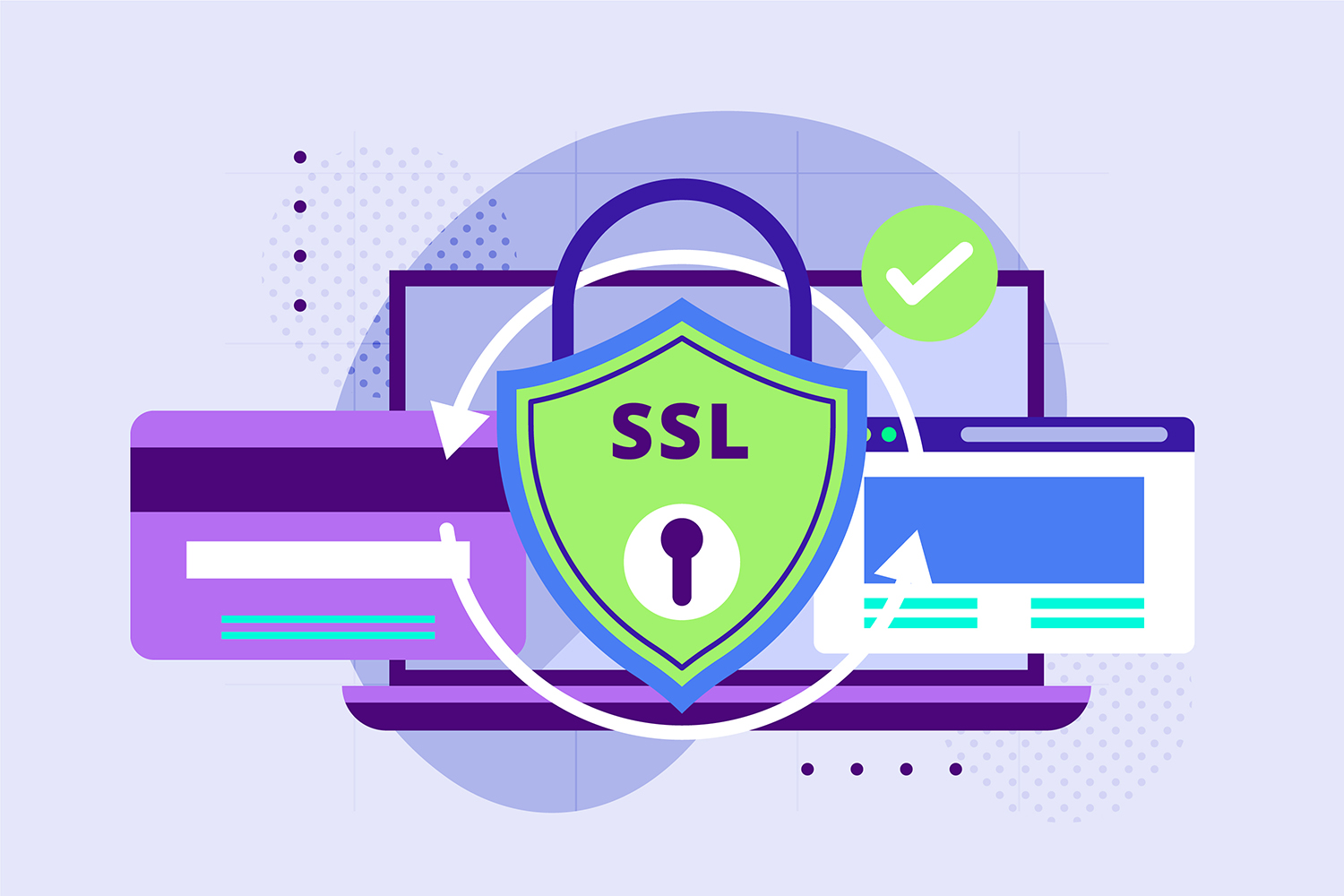
Securing your website with SSL (Secure Sockets Layer) is becoming increasingly important in today’s online world. SSL is a protocol that establishes a secure encrypted connection between a website and its visitors, ensuring that any data exchanged between them is protected from potential hackers and eavesdroppers. In this article, we’ll walk you through the process of configuring SSL for your domain.
Step 1: Choose a SSL Certificate Provider

The first step in configuring SSL for your domain is to choose an SSL certificate provider. There are many SSL certificate providers out there, including popular ones like Let’s Encrypt, Comodo, and GoDaddy. Each provider offers different types of certificates, with varying levels of security and validation. Choose a provider and certificate that meets your specific needs.
Step 2: Generate a CSR
Once you’ve chosen a certificate provider and certificate, the next step is to generate a Certificate Signing Request (CSR). The CSR is a message that includes your domain name and other information about your organization that is used to create your SSL certificate. You can generate a CSR using a tool like OpenSSL or through your web hosting provider’s control panel.
Step 3: Purchase and Install the SSL Certificate
With the CSR generated, you can now purchase and install the SSL certificate from your chosen provider. You’ll need to provide the CSR to the provider, who will then issue the SSL certificate. Once you receive the certificate, you can install it on your web server. This process will vary depending on your server and hosting provider, so check their documentation or support resources for specific instructions.
Step 4: Update Your Website Configuration
After installing the SSL certificate, you’ll need to update your website’s configuration to use HTTPS (HTTP Secure) instead of HTTP. This involves updating any links on your website to use HTTPS, as well as updating your website’s .htaccess file to redirect all HTTP requests to HTTPS.
Step 5: Verify SSL Configuration

Once you’ve updated your website’s configuration, it’s important to verify that SSL is configured correctly. You can use online tools like SSL Checker or Qualys SSL Labs to test your SSL configuration and ensure that your website is properly secured.
In conclusion, configuring SSL for your domain is an important step in securing your website and protecting your visitors’ data. By following these steps and choosing a reputable SSL certificate provider, you can ensure that your website is properly secured with SSL.

